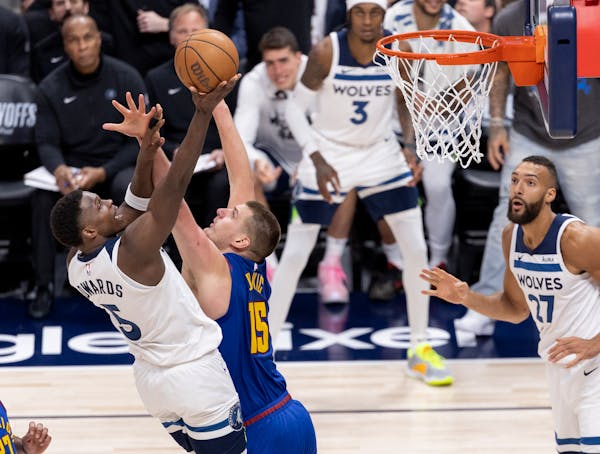Photo by Carlos Gonzalez Lucy Michelle & the Velvet Lapelles model clothing by Max Lohrbach. Fashion designer Max Lohrbach gives wearable art a new name. The Voltage 2009 designer, who created the outfits worn by local band Lucy Michelle & the Velvet Lapelles on the cover of this issue, rarely makes the same garment twice. By giving many of his pieces handstitched details and using antique, handpainted fabrics, the School of the Art Institute of Chicago alumnus approaches fashion design as fine art rather than as a commercial enterprise. Lohrbach, whose 12-piece spring collection will make a theatrical finale for this year's show, has become the go-to designer for women who prefer one-of-a-kind garments, local bands who want special stagewear and even a dominatrix. He is happy to admit that his retail collection and custom-made pieces are not meant for everyday wear, but rather for the serious fashion collector. Even his whimsical watercolor sketches are becoming collectors' items. We sat down with the reclusive designer (who is also a trained milliner and cobbler) to find out more about his design process and his Voltage collection.
Photo by Carlos Gonzalez Max Lohrbach, foreground, with the men of the Velvet Lapelles. Q You recently moved from Minneapolis to Kasson, Minn. (a small town outside of Rochester). How has that affected your design process?
A Well, it's a lot easier for me to concentrate. I have a lot more space to myself. I'm living in the house that my family lived in for generations and sewing on my grandmother's sewing machine. It's kind of nice, though it's weird to be alone in this giant house.
Q What would you be doing if you weren't working with Voltage?
A I'd probably be painting and drawing portraits. When I was in my 20s, I was mad about collecting. I'd go to thrift stores all the time. I just wanted a huge collection of vintage clothes. Now I'm kind of over it, so I'm selling it on eBay.
Q What inspired your Voltage collection this year?
A I'm always picking stuff out of history, but I really try to push myself to put something new into it without it being a literal historical reproduction. For this Voltage collection, I kind of have this flimsy '30s dress with a late-'40s continuous arm thing, and then a big 18th-century influence with the hair and big skirts, and then an early-1900s Cubist idea with the color squares.
Q What are your post-Voltage plans?
A RetroRama [at the Minnesota History Center in May], and hopefully I'll be designing outfits for Bella Koshka's CD release show. I'm going to hang out with my family a whole bunch, play my mandolin, do a lot more painting and make more clothes. I'm also designing some stuff for a dominatrix. I just did a custom gown for her that's a Marie Antoinette-style dress made of red and clear latex that's covered with ruffles. It's made to fit over a body cage that someone could be inside of -- like a hoop skirt, but hard-core. You could go into battle with it.
Q It seems that your approach to designing is less focused on being commercially viable than most fashion designers.
A I guess I'm just more of an individual-project kind of person. I love selling at a store, but I find it hard to put a bunch of stuff into a store. I like everything to be a little different and be able to stand on its own as an object. Even if it's bordering on unwearable, I like it just to be an object.
- Jahna Peloquin is a freelance writer and the lead stylist for Voltage: Fashion Amplified.

Helen Simonson is in Jane Austen mode with 'The Hazelbourne Ladies Motorcycle and Flying Club'
Juro Kara, rebel playwright behind Japan's modern underground theater, dies at 84

Frank Stella, towering artist and master of reinvention, dies at 87
Frank Stella, artist renowned for blurring the lines between painting and sculpture, dies at 87

